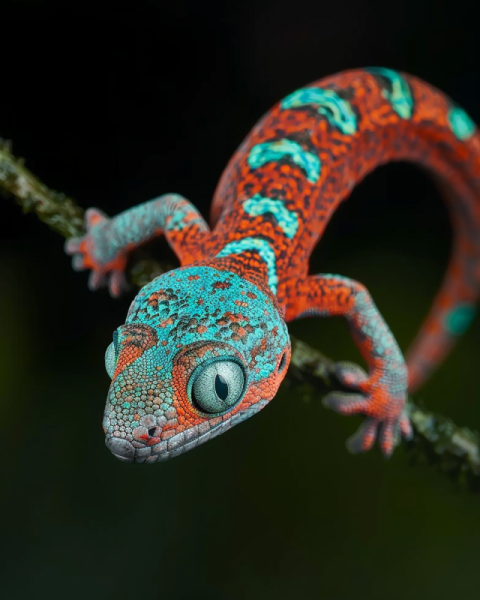
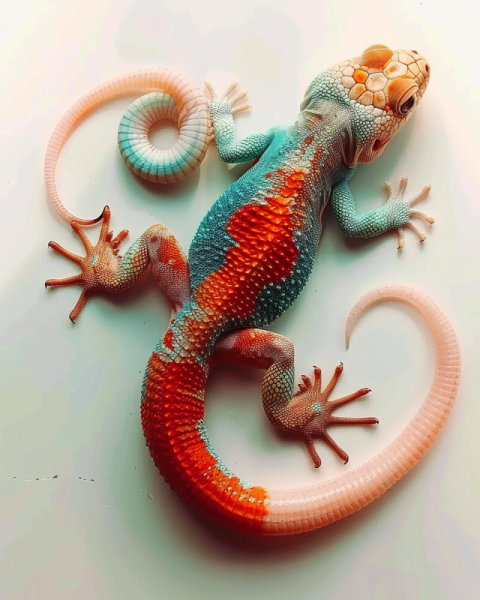
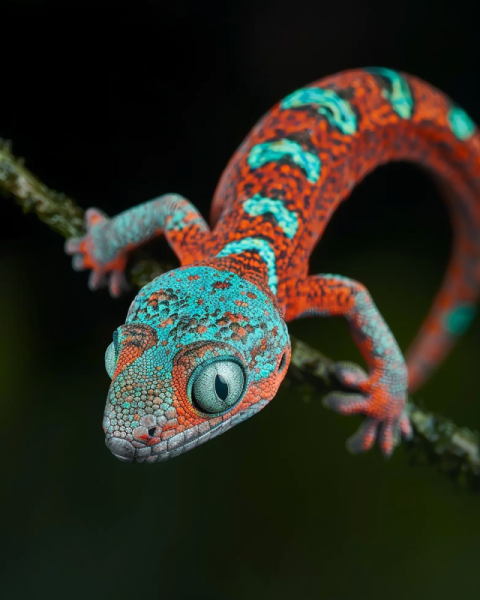


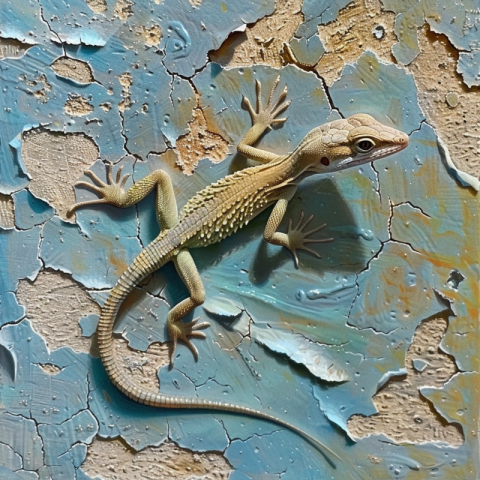
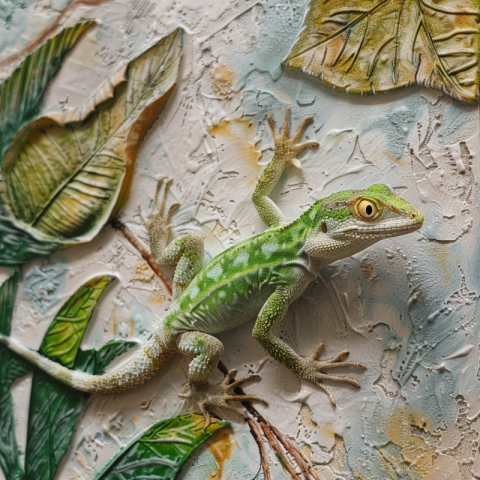
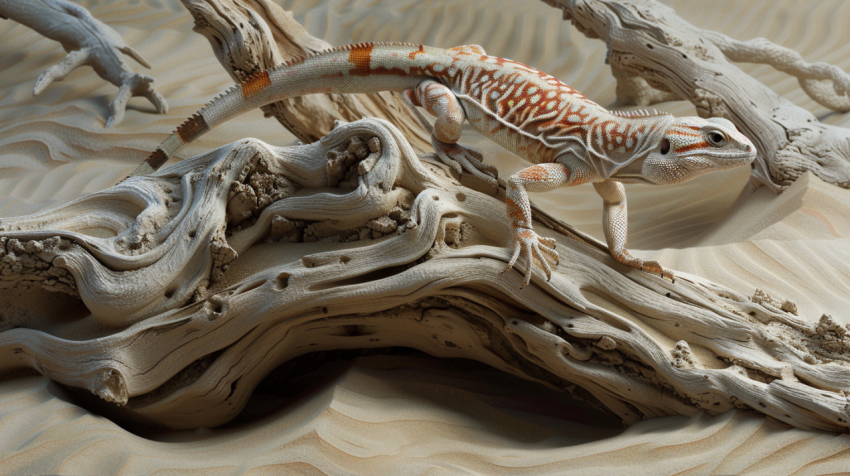
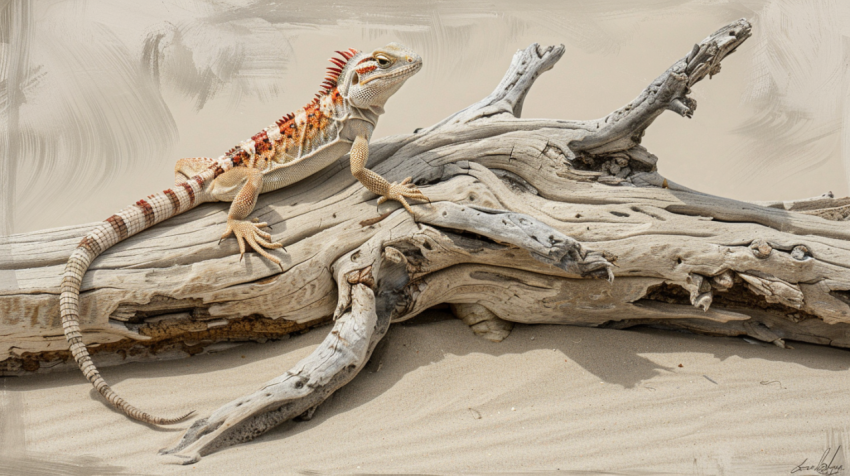

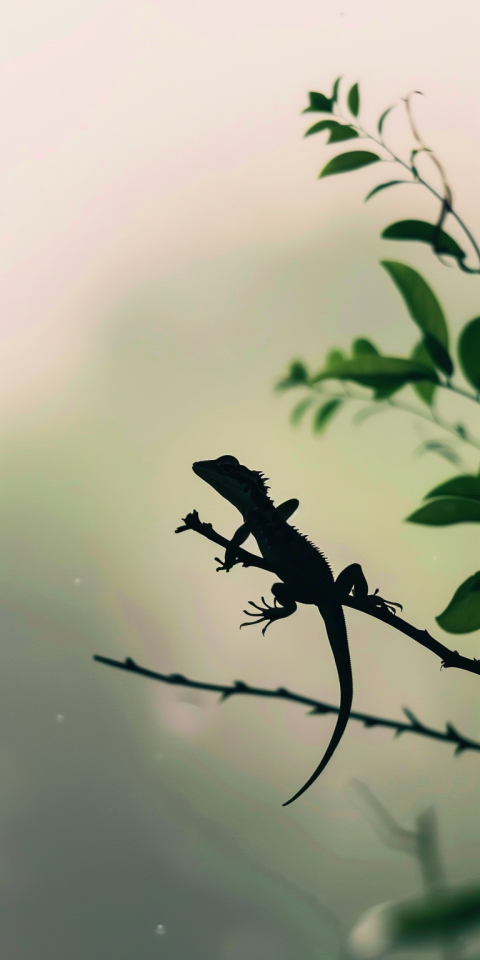
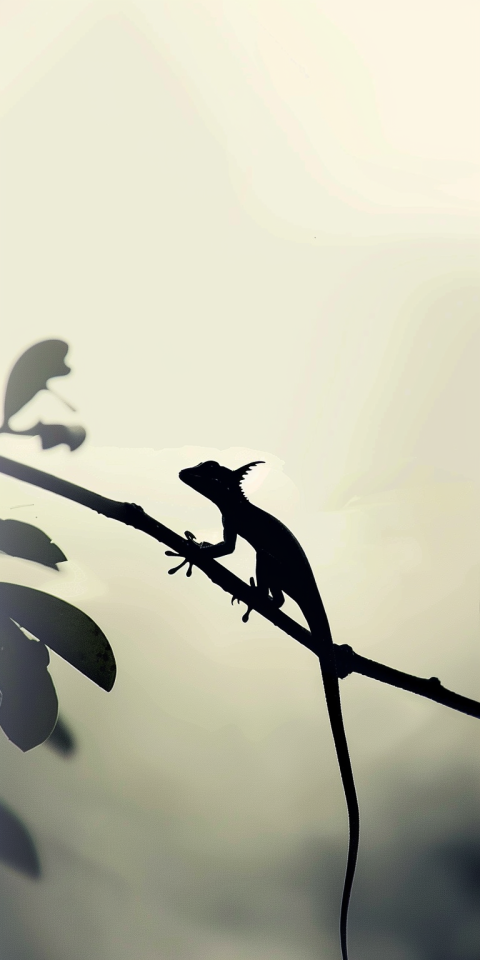
Lizards: A Diverse World of Reptiles - Adaptations, Behavior, and Ecology
Lizards are a diverse and widespread group of reptiles belonging to the order Squamata, which they share with snakes. They are found on every continent except Antarctica and occupy a wide range of habitats, from deserts to rainforests to mountains. Lizards exhibit an astonishing variety of sizes, shapes, colors, and lifestyles, making them a captivating subject of study. This exploration delves into the world of lizards, covering their biology, behavior, diversity, ecological importance, and conservation status.
1. Lizard Biology and Anatomy:
- Scaly Skin: Lizards are covered in scales made of keratin, which help prevent water loss and provide protection.
- Ectothermy: Lizards are ectothermic, meaning they rely on external sources of heat to regulate their body temperature. They often bask in the sun to warm up and become more active.
- Limbs: Most lizards have four limbs with claws, although some species are legless and resemble snakes.
- Tail: Many lizards have a tail that can be shed and regenerated as a defense mechanism against predators (autotomy).
- Eyes: Lizards generally have good eyesight, and some species have a "third eye" (parietal eye) on the top of their head that can detect light and dark.
- Ears: Lizards have external ear openings, although they are not always prominent.
2. Diversity of Lizard Species:
There are over 6,000 known lizard species, representing an incredible diversity of forms and adaptations. Some notable groups include:
- Geckos: Known for their adhesive toe pads that allow them to climb on almost any surface.
- Iguanas: Large, herbivorous lizards found in the Americas.
- Chameleons: Famous for their ability to change color and their independently rotating eyes.
- Skinks: Smooth-scaled lizards with a wide range of body shapes and sizes.
- Monitors: Large, intelligent lizards, including the Komodo dragon, the largest living lizard species.
- Agamas: Diverse group, often brightly colored and found in Africa, Asia, and Australia.
- Anoles: Small, often green lizards, many of which can change color to a limited extent.
3. Lizard Adaptations:
Lizards have evolved a wide array of adaptations for survival:
- Camouflage: Many lizards have skin colors and patterns that help them blend in with their environment.
- Color Change: Some lizards, like chameleons, can change their skin color for camouflage, communication, and thermoregulation.
- Tail Autotomy: The ability to shed and regenerate the tail as a distraction to predators.
- Venom: A few lizard species, such as the Gila monster and the beaded lizard, are venomous.
- Specialized Diets: Some lizards have specialized diets, such as the marine iguana, which feeds on seaweed.
4. Lizard Behavior:
- Territoriality: Many male lizards are territorial and defend their territories from rivals using displays such as head-bobbing, push-ups, and color changes.
- Courtship: Lizards engage in a variety of courtship behaviors, including displays, vocalizations, and pheromone release.
- Basking: Lizards bask in the sun to regulate their body temperature.
- Burrowing: Many lizards burrow to escape predators, extreme temperatures, or to lay their eggs.
5. Lizard Diet and Feeding:
- Insectivores: Most lizards are insectivores, feeding on insects, spiders, and other invertebrates.
- Herbivores: Some lizards, like iguanas, are primarily herbivorous, feeding on plants.
- Carnivores: Larger lizards, such as monitors, may prey on other lizards, snakes, birds, and small mammals.
- Omnivores: Some lizards have a mixed diet, consuming both plant and animal matter.
6. Lizard Reproduction:
- Oviparity: Most lizards lay eggs (oviparous).
- Viviparity: Some lizards give birth to live young (viviparous).
- Parental Care: While most lizards do not exhibit parental care, some species guard their eggs or young.
7. Ecological Importance of Lizards:
Lizards play important roles in their ecosystems:
- Pest Control: Insectivorous lizards help control populations of insects, including many agricultural pests.
- Prey Source: Lizards are an important food source for birds of prey, snakes, mammals, and other animals.
- Seed Dispersal: Some herbivorous lizards aid in seed dispersal.
8. Threats to Lizards:
Lizard populations face various threats:
- Habitat Loss: The destruction of natural habitats due to agriculture, urbanization, and deforestation is a major threat.
- Climate Change: Changes in temperature and precipitation patterns can affect lizard distribution, reproduction, and survival.
- Invasive Species: Introduced predators, such as cats and rats, can decimate lizard populations.
- Pet Trade: The collection of lizards for the pet trade can deplete wild populations, particularly for rare or colorful species.
9. Lizard Conservation:
Protecting lizard populations requires:
- Habitat Protection and Restoration: Conserving and restoring natural habitats is essential.
- Controlling Invasive Species: Eradicating or managing introduced predators and competitors.
- Regulating the Pet Trade: Implementing and enforcing regulations to prevent unsustainable collection of wild lizards.
- Public Awareness: Educating the public about the importance of lizards and the threats they face.
10. Studying Lizards (Herpetology):
The scientific study of amphibians and reptiles, including lizards, is known as herpetology. Scientists study various aspects of lizard biology, behavior, ecology, and evolution.
Conclusion:
Lizards are a fascinating and diverse group of reptiles that play important roles in ecosystems worldwide. Their remarkable adaptations, varied behaviors, and unique characteristics have made them a subject of scientific study and a source of wonder for nature enthusiasts. By understanding the threats they face and taking action to protect their habitats, we can help ensure the survival of these remarkable creatures for generations to come.
Lizard species, gecko, iguana, chameleon, skink, monitor lizard, Komodo dragon, agama, anole, lizard adaptations, camouflage, color change, tail autotomy, venom, Gila monster, beaded lizard, lizard behavior, territoriality, courtship, basking, burrowing, lizard diet, insectivore, herbivore, carnivore, omnivore, lizard reproduction, oviparity, viviparity, parental care, threats to lizards, habitat loss, climate change, invasive species, pet trade, lizard conservation, herpetology, reptile, squamata, ectothermy, scales, lizard tail, third eye, parietal eye, green anole, brown anole, texas horned lizard, frilled lizard, blue-tongued skink, green iguana, marine iguana, desert iguana, chuckwalla.

